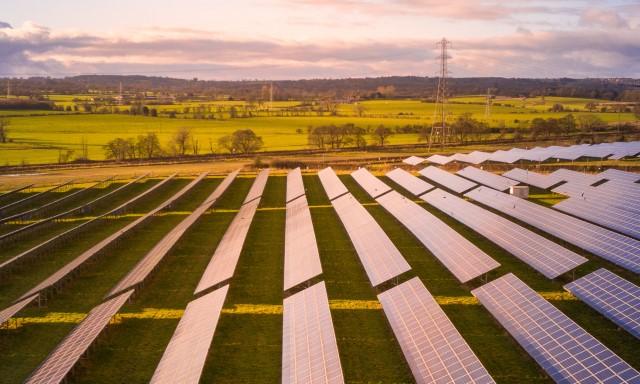The Government is encouraging new car buyers to buy electric vehicles. This is great until we run short of power and just like your hot water can be turned off when demand exceeds supply so will your charging station be reduced.
Transpower has called for a step-change in investment in flexible power system resources like fast starting generators, grid scale batteries and demand that can reduce quickly when the power system is tight.
In its Winter 2024 Outlook paper published this week in its system operator role, Transpower said the system needs more of these flexible resources to ensure there is sufficient electricity supply capacity to meet peak winter demand as New Zealand transitions to a more renewable and intermittent electricity supply. This is in addition to the flexibility that comes from existing hydro-electric generation units if they are not already operating at full capacity.
Transpower General Manager Operations John Clarke said that until more flexible resources are added to the system, the industry will need to continue to work particularly hard together to ensure a reliable electricity supply for New Zealanders.
“As New Zealand transitions towards more renewable generation, thermal generation is needed on the coldest mornings and evenings to provide security of supply when wind generation drops or if faults happen on the system,” he said.
“However, much of New Zealand’s thermal generation fleet is slow-start and not suited to this firming role, unless it is already running. This poses a real coordination challenge for industry to make sure all available generation is turned on and ready to be dispatched when demand is at its highest. Additional flexible resources will make a real difference.”
Mr Clarke said that the industry has responded well to this winter peak capacity challenge over the last two winters to ensure the power system delivers for New Zealanders despite challenging system and market conditions.
This included unplanned outages to around 700 MW of generation capacity last year as a result of several long-term unplanned outages of major generation units. This was around 10% of peak demand during our coldest mornings and evenings.
The outages contributed to eight low residual generation situations last winter, four of which would have escalated to grid emergencies without industry responding through a mix of delayed or cancelled outages of other generation units and the commitment of additional slow-start thermal units.
Mr Clarke said that grid emergencies typically require Transpower to work with local lines companies to manage demand. This would initially mean turning off hot water cylinders for a short time but could include power cuts if the electricity supply shortfall is significant.
“Thanks to cooperation from industry to make sure all available capacity was offered when needed last year, we were able to get through a really tight winter without any disruption to consumers’ electricity supply,” Mr Clarke said.
“But we have been saying for some time that we need more flexible resources in the system and we urge industry to accelerate the necessary investments. This is particularly the case at this stage of New Zealand’s transition to increasing amounts of intermittent renewable generation in the system.”
“Demand response – where industrial customers or electricity retailers working with their consumers scale back demand during peak periods in response to higher prices – also has a key role to play in the power system both now and into the future,” Mr Clarke said.
New generation resources
Five new electricity generation resources began offering electricity to the wholesale electricity market last year, the most in a single year since the current market was established in 1996. Collectively the new units can offer 378 MW of electricity under ideal conditions, or around 4% of New Zealand’s almost 10,000 MW of total installed generation capacity.
The new resources included three wind farms plus two significant milestones for the New Zealand electricity industry – the first utility-scale solar farm and the first utility-scale battery energy storage system, WEL Network’s 33 MW Rotohiko battery.
“The new renewable intermittent generation connected to the market last year will provide much needed energy across winter, at least in the right conditions,” Mr Clarke said.
“But with peak demand growing year-on-year, increased investment in flexible resources like the Rotohiko battery will be critical to ensure we have the capacity to meet peak demand when the sun is not shining and the wind is not blowing.”
